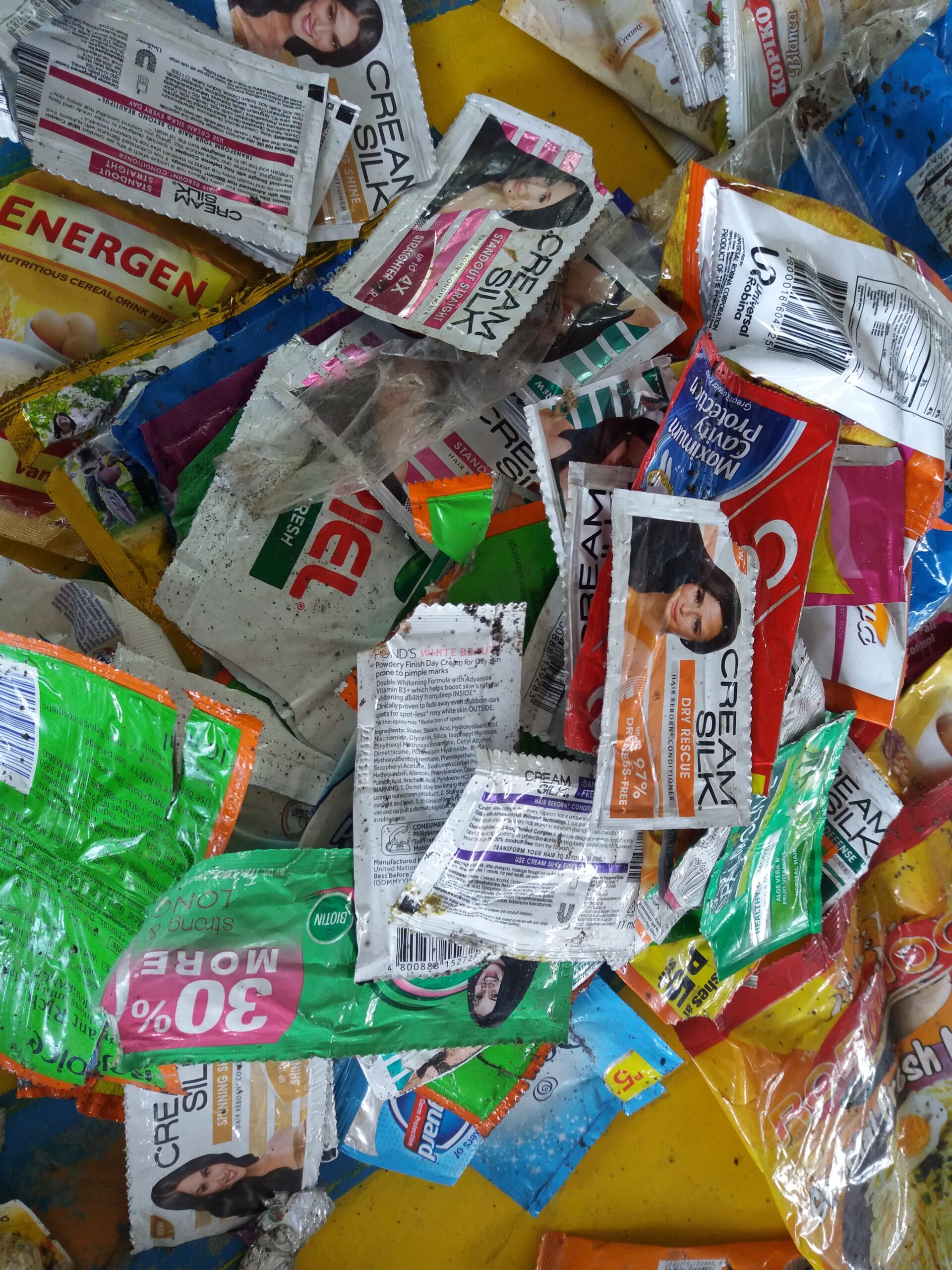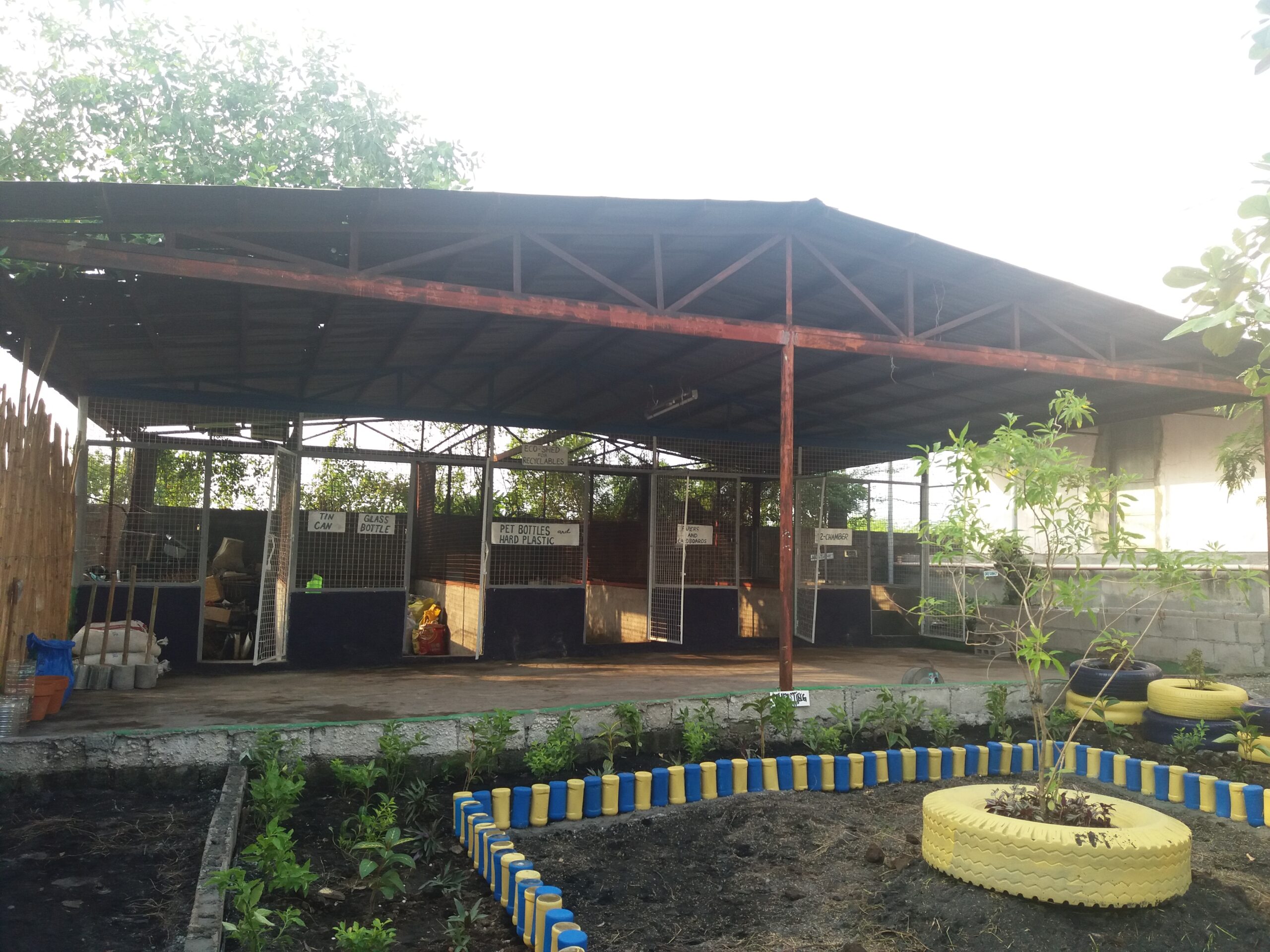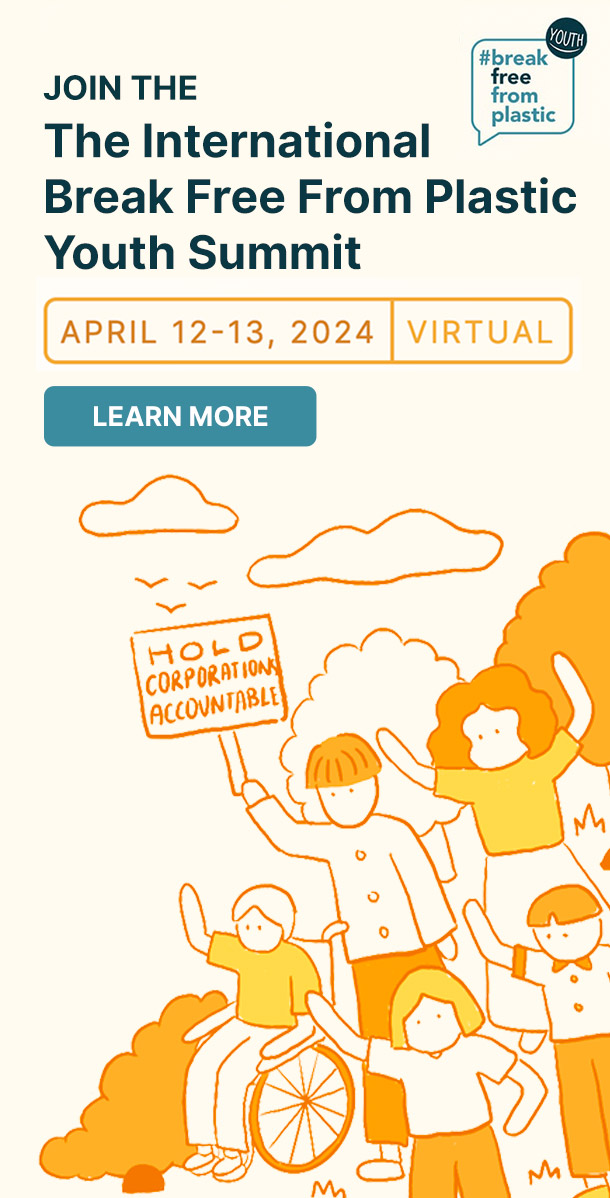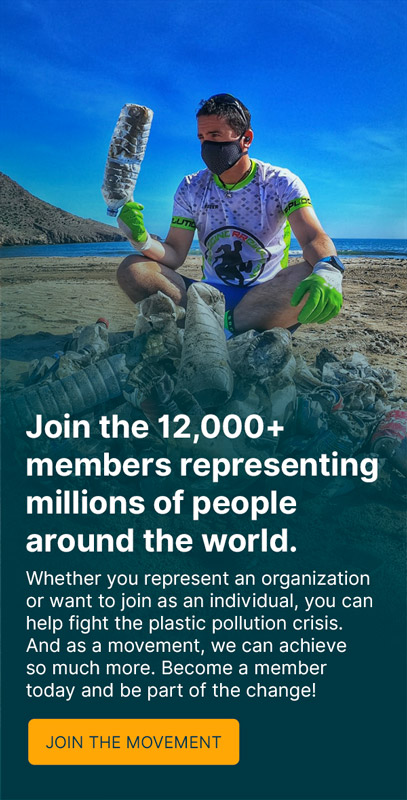Having lived in the Philippines all my life, I’ve grown accustomed to seeing plastic trash pretty much anywhere—from sidewalks and business districts to mountainsides and white sand beaches. It would annoy the heck out of me, and I’d grumble about how undisciplined people are and how parents aren’t raising their children right and how the government has failed us, et cetera, ad nauseam.
I always assumed that waste—especially plastic waste—is a fact of life and that it’s on us individuals and communities to manage waste properly.
Then, in recent years, zero waste fairs and shops started to gain popularity in Manila, and they were such a revelation! But while shampoo bars and bamboo toothbrushes are great, alternative products like these aren’t easily accessible, nor are they cheap. But I figured trying to be a more responsible consumer was the least I could do.
I joined #breakfreefromplastic earlier this year as the movement’s Community Engagement Manager, and that’s when I realized what a sweet summer child I am. 😂
Challenging preconceived notions
Talking to changemakers from around the world and immersing in the literature completely turned my worldview on its head. We as consumers are limited by what’s available and what we can afford. This means the onus should be on these powerful, multi-billion dollar corporations, often headquartered in the global north, to offer products that don’t force consumers to manage plastic waste that is unmanageable to begin with.
I realized I’d been looking at the problem the wrong way—specifically, from a waste management perspective rather than the product development side. Plastic pollution needs to be stopped at the source.
The real story
Corporations like Nestlé, Unilever, and Coca-Cola push out plastic waste at the onset of production. As soon as plastic containers get stuffed with powdered milk or a bar of soap in the factory, they’re doomed to wind up in landfills or waterways.
Then there are sachets—one-time use packets made of plastic and aluminum. In countries where many worry about their next meal, being able to buy instant coffee or shampoo in sachets is a big deal.
And this struggle is exactly what these corporations rely on. They continue to push sachets in countries like the Philippines that they know don’t have the infrastructure to manage waste properly. By depriving consumers of decent choices, corporations are compelling us to create more waste, which in turn, winds up in our own communities.
There are now all sorts of alternative packaging options and delivery systems emerging in different parts of the world, like container deposit programs, refill stations, and organic packaging materials. Corporations don’t lack the resources to explore these further; often, they just lack the will.
Consumers and communities can only do so much
Individuals and communities are not absolved of their responsibility. We still need to be responsible citizens by segregating trash, consuming less, and looking into the companies we choose to patronize, among other things.
At the same time, governments need to take the necessary steps to improve waste management. In fact, there are excellent examples of cities and communities going zero waste in different parts of the Philippines, such as San Fernando, Pampanga and Potrero, Malabon.
But research conducted by Philippines-based #breakfreefromplastic members Global Alliance for Incinerator Alternatives (GAIA) and Mother Earth Foundation has shown that even when communities go zero waste, meaning, they divert waste from the landfill, they’re still left with a considerable amount of plastic pollution that can’t be composted or recycled.
What’s next?
BFFP members around the world are coming together to call B.S. on corporations’ “sustainability” programs and demand they practice the new three R’s:
- Reveal the amount of plastic they produce each year
- Reduce the number of plastic units they push out
- Reinvent the way they deliver products
Greenpeace kicked things off this March with a ship tour in the Philippines and Europe to highlight the effects of plastic pollution and call for corporate responsibility. This was followed by the release of GAIA Asia Pacific’s report revealing top corporate polluters. And the Story of Stuff in the U.S. will soon release the fourth installment of their mini-documentary series, the Story of Plastic.
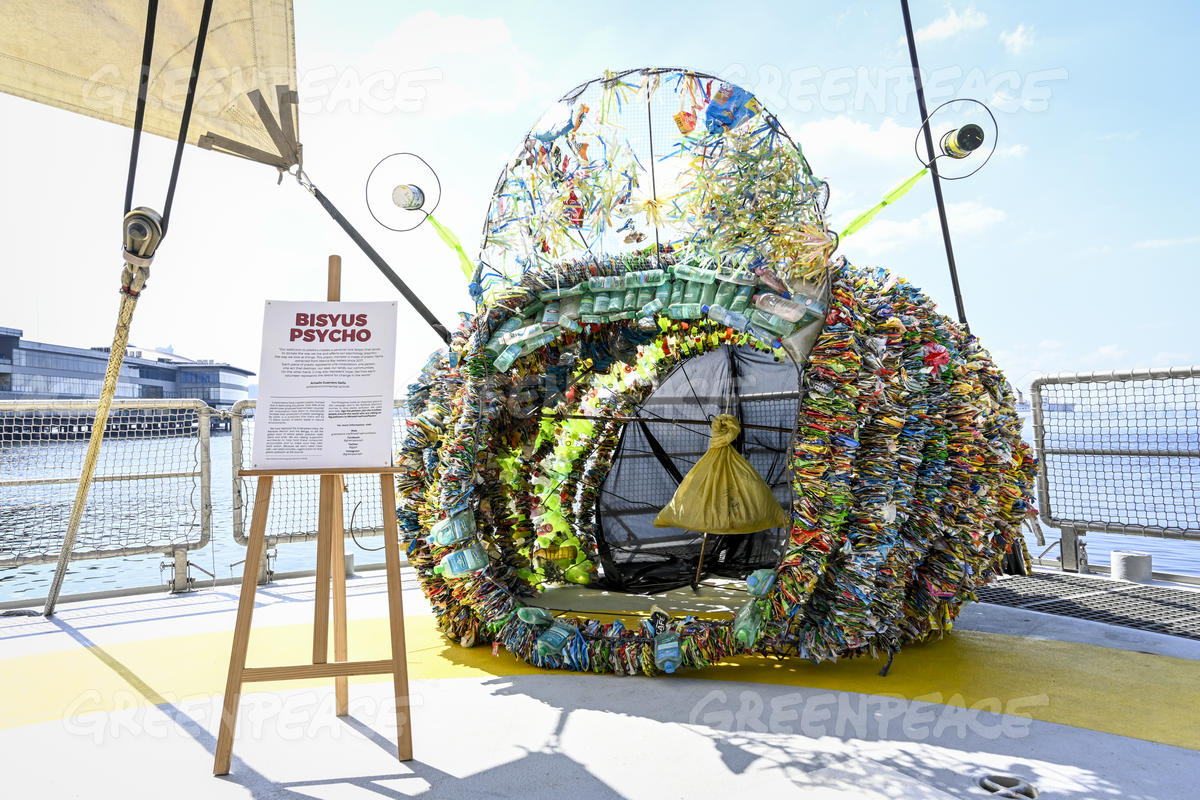
A plastic monster made of trash collected in the Philippines is showcased during the Greenpeace ship tour © Greenpeace
But it’s not just the big NGOs taking action; individuals are also doing their part. One BFFP member is letting Proctor & Gamble and Coca-Cola know he won’t be buying from them until they stop using plastic. Another has written to grocery stores about their use of plastic bags.
Doing things on our own is undoubtedly daunting. But if there’s one thing I’ve taken away since joining the #breakfreefromplastic movement, it’s that there’s great power in taking collective action. If advocates and consumers around the world build enough pressure in the coming months, corporations will have no choice but to adapt.

